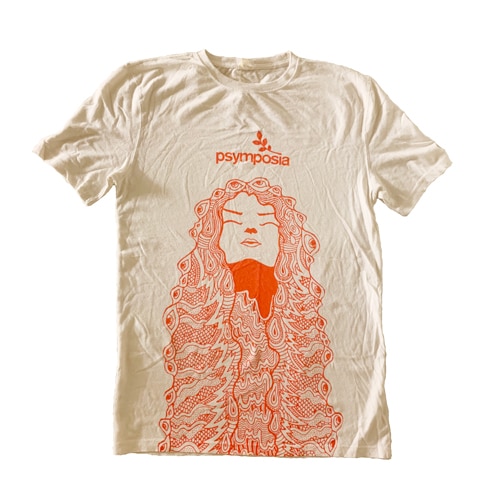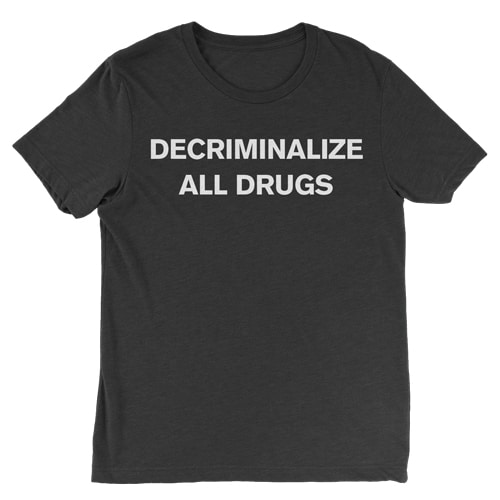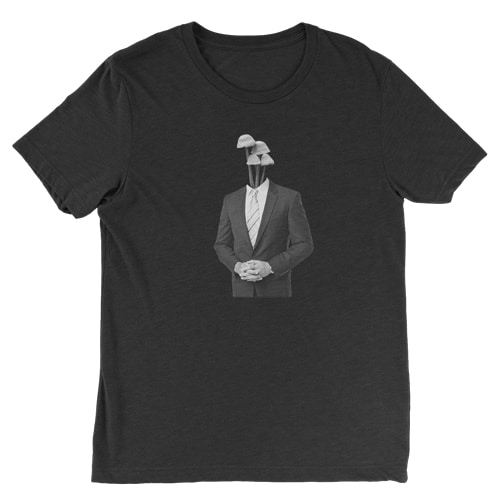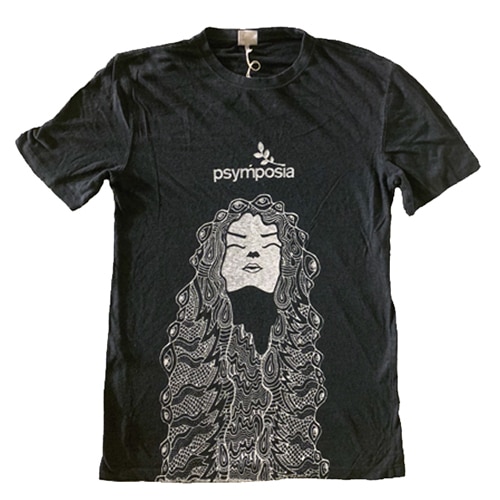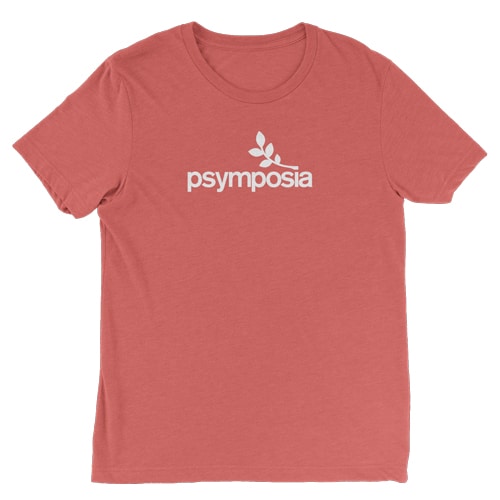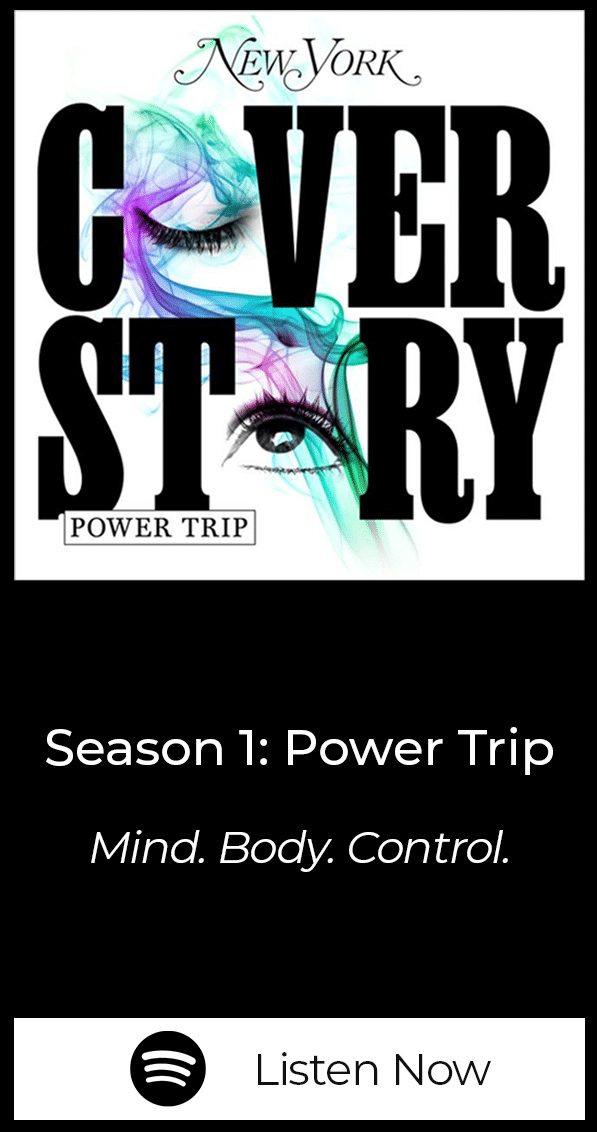LSD Helped Me Ditch My Crutches & Scale Mountains
We passed out the tabs of acid, we toasted, and we dropped. And then suddenly, up we went. I stood up, gingerly putting my weight on my right leg. And…nothing. No pain. No tenderness. I was invincible.

Psymposia is a 501(c)(3) nonprofit research and media organization that offers critical perspectives on drugs, politics, and culture. We rely on contributions from our readers and listeners. Your support is vital to sustaining Psymposia.
Support Psymposia’s independent journalism on Patreon and help us drive the Mystery Machine! We’re a bunch of meddling kids who are unmasking the latest shenanigans on the psychedelics beat.
All around me was the undeniable majesty of Joshua Tree. I’d thought I’d be floored by the alien tree structures, since that’s what the national park is named after, but I had not expected the gorgeous prehistoric-feeling rock formations stacking into the sky.
All this around me, and I was on crutches, my hip a mess. I had come to Joshua Tree to celebrate New Year’s Eve by tripping with nine of my best friends. We’d scoped the expansive park and found the place we wanted to use as our base camp for the day’s adventures.
We had all our provisions set up — blankets to deal with the cold we knew would come with the desert dusk, a tab of LSD for each of us, snacks for those who could eat while tripping, and our mascot Sparticus, a baby eagle stuffed animal who would watch over our stuff while we were off exploring. He’s very astute with those eagle eyes. And I, of course, had my crutches. I couldn’t part with them without extreme hip pain.
Let me interrupt myself to say that crutches are by no means the worst thing to happen to an adventuring person, or any person really. My injury had only been going on for a couple months, whereas some people live with differently abled bodies for their entire lives and are able to conquer mountains far greater than the piles of rocks in Joshua Tree National Park.
But crutches and leg injuries alike are a hindrance, to say the least, to off-roading — particularly to someone unpracticed in navigating uneven terrain with crutches. I was worried about my ability to keep up with my more able-bodied friends during our trip, but tried not to let it phase me.
So there we were, provisions all around us, bundled in coats against the cold. We passed out the tabs of acid, we toasted, and we dropped. And then we waited.
We reminded ourselves of the cardinal rules of tripping: Gravity is real. Drugs are not food. Beer is not water. Cars are real. To which we added, for the particularities of our setting: Everything is sharp. Because if you’ve ever been to Joshua Tree, you’ll know that all the plants out there are pretty much of the cactus variety, and the rocks are also very pointy.
Already before the acid kicked in, one of our party sat on a cactus, “Unintentionally”, she explained as we took turns picking nearly invisible prickers out of her butt. As if anyone would wittingly opt for that unpleasant experience.
And then suddenly, up we went. First a glimmer and that familiar vibrate-y feeling in our stomachs and extremities, and then the rocks started to shimmer and melt into giant embracing gorillas. We sat there, perched on the rocks, as we acclimated to our new reality. And then, one by one, my friends peeled off to explore. I sat on a rock by myself, trying to remember why I wasn’t moving with the rest. There was some reason, but I just couldn’t remember it. Oh right, my hip was messed up, I’d been hobbling around for weeks in a considerable amount of shooting pain from my right hip to my knee. But there were my friends, scaling cliffs, lizarding around in the sunshine. I wanted to join in!
I stood up, gingerly putting my weight on my right leg. And…nothing. No pain. No tenderness. I was invincible.
Speaking about this moment later, my partner said it was such a shocking transformation that he didn’t believe it. One moment I was on crutches, and the next I was bouldering about. But in retrospect, I’m not surprised. The brain is a powerful meaning-maker.
And since that trip, I’ve learned a lot about how pain works. Pain actually isn’t as direct response as body part gets injured → you feel pain. Actually what happens is that your brain is receiving and reading constant nerve signals from every part of your body, no matter how small, and deciding whether those signals indicate danger.
If your brain assesses sufficient danger, then it causes you to feel pain so that you stop doing whatever it is that is making you feel that way and instead spend your energy taking care of your parts. The problem with longer-term (also called chronic) pain is that the cause of the danger response can actually have gone away but your brain is stuck on it, and keeps your body in an active state of pain as a result.
So what happened with my miracle leg healing?
My hypothesis is that my hip had actually gotten better more or less, with my two plus months of crutching and otherwise being gentle with it. Now it needed to be used to build back up muscle, but my brain was still afraid.
Those of us who have personal experience with psychedelics know that part of a hallucinogenic experience is the sloughing off of deeply embedded fears. Researchers are currently revitalizing rigorous research into this phenomenon, as most recently and comprehensively reported in The Trip Treatment by Michael Pollan.
I was afraid to hurt my hip again, and so I treated it too kindly. I needed to run and be free, and acid helped me do that.
Hey! Before you go… Psymposia is a 501(c)(3) non-profit media organization that offers critical perspectives on drugs, politics, and culture. We strive to ask challenging questions, and we’re committed to independent reporting, critical analysis, and holding those who wield power accountable.
Our perspectives are informed by critical analysis of the systemic crises of capitalism that have directly contributed to the unmitigated growth of addiction, depression, suicide, and the unraveling of our social relations. The same economic elite and powerful corporate interests who have profited from causing these problems are now proposing “solutions”—solutions which both line their pockets and mask the necessity of structural change.
In order for us to keep unpacking these issues and informing our audience, we need your continuing support. You can sustain Psymposia by becoming a supporter for as little as $2 a month.
